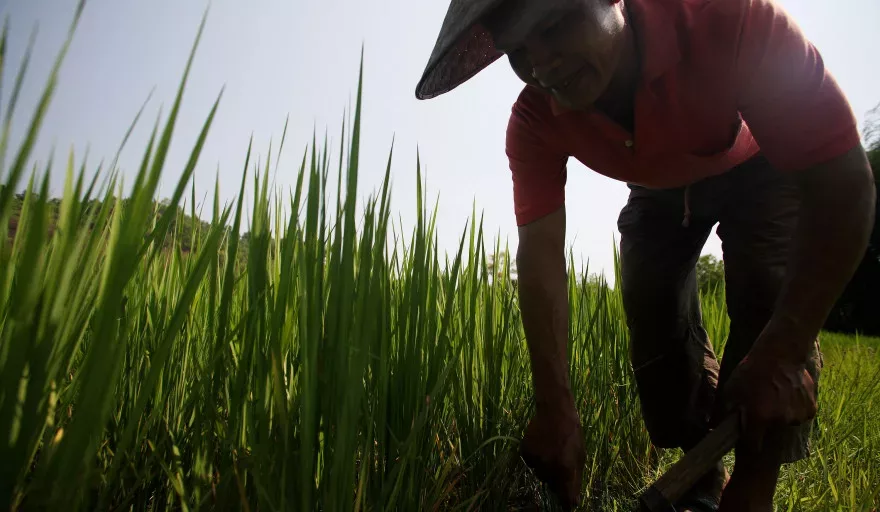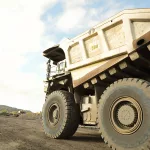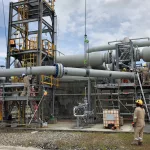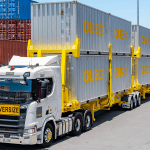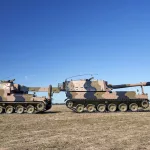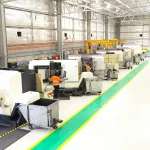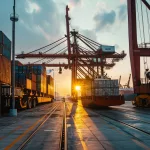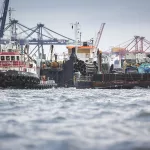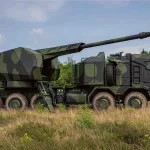APAC Outlook takes a deep dive into the business and investment potential of Laos, the smallest ASEAN country.
Laos is a socialist state and one of East Asia’s poorest countries – indeed it is the Association of South East Asian Nations’ (Asean) smallest economy.
But don’t let that fool you.
The government of Laos, one of the few remaining one-party communist states, began decentralising control and encouraging private enterprise in 1986 and the results, admittedly starting from an extremely low base, have been impressive.
Growth averaged six percent per year from 1988 to 2008, excluding a short-lived drop caused by the Asian financial crisis that began in 1997, and growth exceeded seven percent per year from 2008 to 2012.
Despite this, Laos remains a country with an underdeveloped infrastructure, particularly in rural areas, and that means it is very much still a popular investment destination, especially amongst the Chinese, Vietnamese, Thai and Koreans – to name a few.
In 2011, it achieved 8.3 percent growth according to the World Bank, with much of the country’s growth attributable to mining, hydroelectric power and construction.
Things it seems are looking good and they are likely to get even better with Laos recently accepted into the WTO. The move will result in trade facilitation and an improved investment climate as the land-locked country looks to shed its Least Developed Country status.
“By acceding to the WTO, Laos is showing its commitment to operating a rules based system of economic governance,” said Keiko Miwa, the World Bank’s Country Manager for Lao PDR. “It’s sending a strong signal that it is now open for business.”
So where are the opportunities? For one, the Laotian government is actively seeking foreign investment in metallurgy. The country’s land is rich in mineral resources, with vast deposits of coal, gold, bauxite, tin and copper.
It also has substantial water reserves and its mountainous terrain allows for the production and export of hydroelectric energy to neighbours Thailand and Vietnam.
These industries are unaffected by the instability in Europe and the fall in export activity that is punishing other Southeast Asian nations.
Tourism is another fastest-growing industry and the Chinese are investing heavily in real-estate.
MINING FUTURE
In September it was revealed that the Lao government expected to accept new mining investment proposals in 2015 – it suspended new investment projects a few years ago to review the approved mining projects and policy.
The Ministry of Energy and Mines said it was still working with the Ministries of Planning and Investment and Natural Resources and Environment to monitor the approved mining projects but that it was close to completion.
Their checks of 67 projects were now 95 percent complete, Minister Soulivong Daravong said, speaking on the sidelines of the annual government meeting with provincial governors taking place in Vientiane from September 16 to 20.
He said 29 of the 67 projects are factories but have not begun excavations yet.
“After carrying out our inspections, we estimate that 22.8 percent of these mining projects are of a high grade, 45.6 percent are medium and 26.3 percent are low grade,” Soulivong said. “We are now inviting the developers of low grade projects for talks so we can urge them to carry out their ventures in line with the agreement they signed. We want them to improve the way they are managing these projects for the benefit of everyone concerned.”
The Laotian government is trying to ensure that all mining projects comply with agreements drawn up to regulate their operation. The goal is to maximise the sector’s contribution to socio-economic development and boost incomes in Laos by creating more job opportunities.
It’s definitely a sector to watch.
ENERGY FOR INVESTMENT
As good an investment mining looks, the energy sector looks even better. It is one of Laos’s top performers, with total investment values far exceeding that of any other industry.
And it is hydropower leading the way – Economists say that it will become a major driving force of the Lao economy in future years.
Perhaps unsurprisingly, the International Finance Corporation (IFC) has been working with the Laotian government to develop draft laws that would help govern hydroelectric power development.
According to the IFC, the country is one of the richest nations in Southeast Asia in terms of natural resources.
Through the past decade, investments have led to the development of about 20 hydropower projects, with up to 50 expected to be operational by 2025.
This boom in hydro construction has been essential in boosting the country’s socioeconomic growth, though it also increases competition among water users, making revisions to Laos’ 17-year old water laws essential.
Currently, hydropower developers are granted water rights through concession agreements. Under the revised law, rights would be granted using a formal, long-term, permit-based system that would be easier to enforce.
“This law provides principles and measures necessary for the management, exploitation, use, development and protection of water resources, aiming to promote legal rights to use water resources that ensure balance and sustainability of socio-economic development and environmental protection,” the draft law says.
A final draft bill will be submitted to the Laotian National Assembly by the end of the year.
CONSTRUCTING A NATION
Of course there are opportunities too in the construction sector such is the state of Laos’s infrastructure. Shanghai Wanfeng Group has begun building its $1.6 billion property project in Vientiane, the capital city of Laos, after it reached agreement with the Lao government in December last year to develop 365 hectares around That Luang Lake into a commercial, residential and tourist complex.
That’s just one example. Chinese firms, from dam builders to mall developers, are boosting investment in Laos, which has a rudimentary, but improving, road system, and limited external and internal land-line telecommunications. Vietnam however is top, pumping in a total of $5 billion in 449 projects, while Thailand is second, and all three compete for projects in Laos’s energy, mining, construction and agriculture sectors.
Thailand has some 760 projects amounting to more than $4.8 billion and China has more than 800 projects in Laos with a value of about $4 billion.
And as these industries develop others will follow.
To learn more visit www.investlaos.gov.la.
Image: © Getty
Copyright is owned by Asia Outlook and/or Outlook Publishing. All rights reserved.
Writer Ian Armitage

